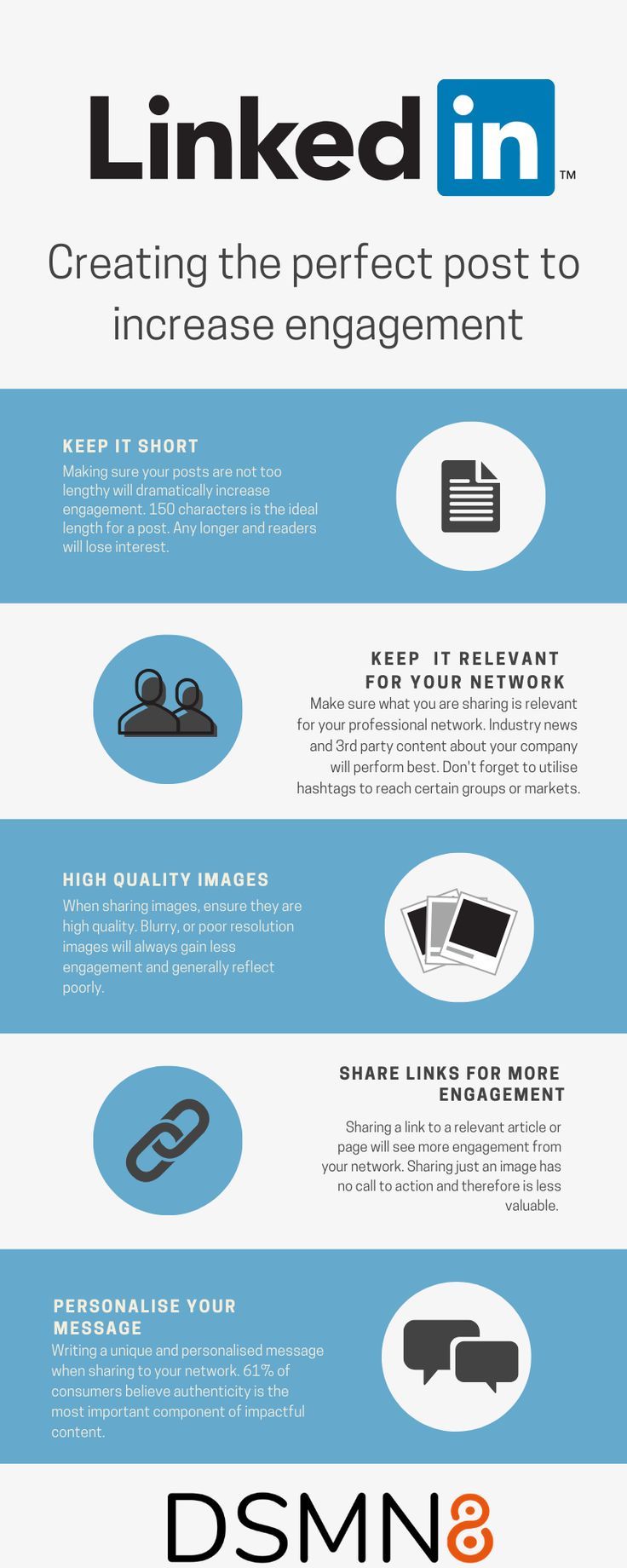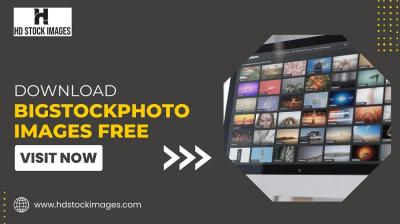In the fast-paced world of LinkedIn, keeping your audience engaged is crucial for building connections and enhancing your professional presence. One effective way to do this is by adding links to your posts. But how do you do it right? In this post, we'll explore the importance of engagement and how strategic linking can significantly boost your visibility and interaction on this platform.
Understanding Engagement on LinkedIn
Engagement on LinkedIn goes beyond just likes and comments; it’s about fostering meaningful interactions that can lead to new opportunities. So, what does engagement really mean?
- Likes: A quick way for your audience to show approval of your content.
- Comments: These indicate deeper interest and can spark conversations.
- Shares: When someone shares your post, it extends your reach to their network.
- Click-throughs: This is where links come into play; they encourage readers to explore further.
To put it simply, the more engagement your posts receive, the more likely they are to be seen by others. LinkedIn's algorithm favors posts with higher engagement, which can lead to increased visibility. Here are some engaging factors to consider:
- Content Quality: Valuable, well-researched content tends to attract more engagement. Share insights, tips, or industry news that people care about.
- Visuals: Posts with images, videos, or infographics are more likely to catch the eye. A striking image can lead to more likes and shares.
- Timing: Posting at optimal times when your audience is most active can make a huge difference. Experiment to find your sweet spot.
When it comes to adding links, they should enhance your content rather than distract from it. For instance, if you’re discussing a recent industry trend, linking to a relevant article or your own blog can provide readers with more context and depth.
Additionally, always encourage interaction by asking questions or prompting readers to share their thoughts. A simple call to action, like “What do you think about this trend?” can significantly boost your comment section.
In conclusion, understanding engagement on LinkedIn is about creating a two-way street. By providing valuable content and strategically using links, you not only enhance your posts but also encourage your audience to interact with your brand, paving the way for future opportunities.
Also Read This: Creative Ideas for What You Should Post on LinkedIn
3. Best Practices for Adding Links to Your Posts
When it comes to adding links to your LinkedIn posts, the goal is to enhance engagement, not overwhelm your audience. Here are some best practices that can help you use links effectively:
- Keep It Relevant: Ensure the links you share relate closely to the content of your post. For example, if you're discussing the latest marketing trends, link to an article that dives deeper into those trends.
- Shorten Your Links: Long URLs can look messy and deter clicks. Use URL shorteners like Bitly or TinyURL to create cleaner links that are easy to read and remember.
- Use Descriptive Anchor Text: Instead of saying "click here," use descriptive phrases like "read more about the latest trends." This not only provides context but also improves accessibility for those who rely on screen readers.
- Add Context to Your Links: Don't just drop a link and expect engagement. Briefly explain what the link is about and why it’s worth clicking on. For instance, “Check out this insightful article on personal branding for professionals.”
- Limit Your Links: Too many links can clutter your post and distract your audience. Stick to one or two links that are most valuable to your readers.
- Test Your Links: Before publishing, ensure all links work properly! Broken links can frustrate readers and diminish trust.
- Engage with Comments: After posting, monitor comments and engage with anyone who mentions the link. This can help foster a sense of community and encourage more users to visit your link.
By following these best practices, you can create posts that not only engage your audience but also drive traffic to the content you want to highlight. Remember, the key is to provide value while keeping engagement levels high!
Also Read This: How to Ask for a Recommendation on LinkedIn? Crafting the Perfect Request for Recommendations
4. Different Types of Links You Can Use
LinkedIn allows a variety of link types that can enhance your posts and engage your audience in different ways. Here’s a breakdown of some effective link types you might consider:
- Articles and Blog Posts: Sharing articles from your own blog or reputable sources positions you as a thought leader in your industry. For instance, if you wrote a blog post about remote work best practices, linking to it can provide your audience with direct, valuable insights.
- Videos: Links to videos can provide a dynamic element to your posts. Whether it's a webinar replay, tutorial, or a personal message, video content often garners higher engagement rates. For example, a short video explaining the benefits of a new software can be much more engaging than text alone.
- Infographics: Infographics combine visuals and data, making them highly shareable. If you come across an infographic that complements your post, link to it to provide additional context and engage visually-oriented readers.
- Case Studies: Linking to case studies that support your argument can add credibility to your posts. For instance, if you discuss the importance of digital marketing, a link to a case study showcasing a successful digital campaign can enhance your point.
- Industry Reports: If you find a relevant industry report or white paper, linking to it can provide authoritative backing to your content. For example, linking to a market research report about consumer behavior can add depth to your post.
Each type of link serves a unique purpose and can greatly enrich your LinkedIn posts. By strategically including these links, you can not only increase engagement but also provide your audience with a wealth of resources to explore further.
Also Read This: Can Changing Your Name on LinkedIn Cause You to Lose Followers
5. Tips to Keep Your Audience Engaged
When it comes to maintaining engagement on your LinkedIn posts, a few actionable tips can make all the difference. Let's dive into some effective strategies to ensure your audience not only reads your posts but also interacts with them.
1. Ask Questions: Encourage your audience to share their thoughts by asking open-ended questions. For instance, if you're discussing a recent industry trend, you might ask, “How do you think this will impact our field in the next year?” This invites comments and fosters a sense of community.
2. Use Visuals: Posts with images or videos tend to perform better. Consider using infographics or short clips that summarize your message. Visual content is not only more eye-catching but also easier to digest, making it more likely for your audience to engage.
3. Share Personal Stories: People connect with stories. Sharing a personal experience related to your professional journey can humanize your posts and resonate with your audience. For example, recounting a lesson learned from a challenging project can spark discussions and inspire others.
4. Tag Influencers: If you mention insights from industry leaders, tag them in your post. This not only gives credit but also increases the likelihood of your post being shared with their followers, expanding your reach.
5. Utilize Polls: LinkedIn allows you to create polls directly within your posts. Use this feature to ask your audience’s opinions on relevant topics. Polls can boost engagement significantly as they require minimal effort from the audience.
Remember, engagement is about building relationships. Respond promptly to comments and acknowledge your audience’s contributions to foster a two-way conversation. The more you interact, the more your audience will feel connected to you, leading to sustained engagement.
6. Analyzing Engagement Metrics
Once you've implemented your engagement strategies, the next step is to analyze how well they're working. Understanding your engagement metrics is crucial for refining your approach and maximizing impact.
1. Views and Impressions: Start by looking at how many people have viewed your posts. While views indicate reach, impressions show how many times your content appeared in someone’s feed. Comparing these numbers will give you insight into the effectiveness of your headlines and visuals.
2. Likes and Reactions: While likes are a straightforward metric, pay attention to the type of reactions your posts receive. LinkedIn offers various reactions (like, celebrate, support, etc.), which can provide nuanced feedback on how your content resonates with your audience.
3. Comments and Shares: Comments are a goldmine for engagement insights. Analyze the comments to understand what your audience values or questions. Shares indicate that your content is perceived as valuable enough for others to distribute, amplifying your message.
4. Click-Through Rates (CTR): If your posts include links, monitor the CTR to see how many people are clicking through to your intended destination. A high CTR suggests that your audience finds your content compelling. If it’s low, consider revising your call-to-action or the content leading up to it.
5. Audience Demographics: Use LinkedIn’s analytics tools to understand who is engaging with your content. Knowing the demographics of your audience can help tailor your posts more specifically, ensuring that you address their interests and concerns.
By regularly reviewing these metrics, you can refine your content strategy, experiment with different types of posts, and ultimately enhance your audience's engagement with your LinkedIn presence. Remember, the goal is not just to accumulate numbers but to foster genuine interactions and connections.

 admin
admin








